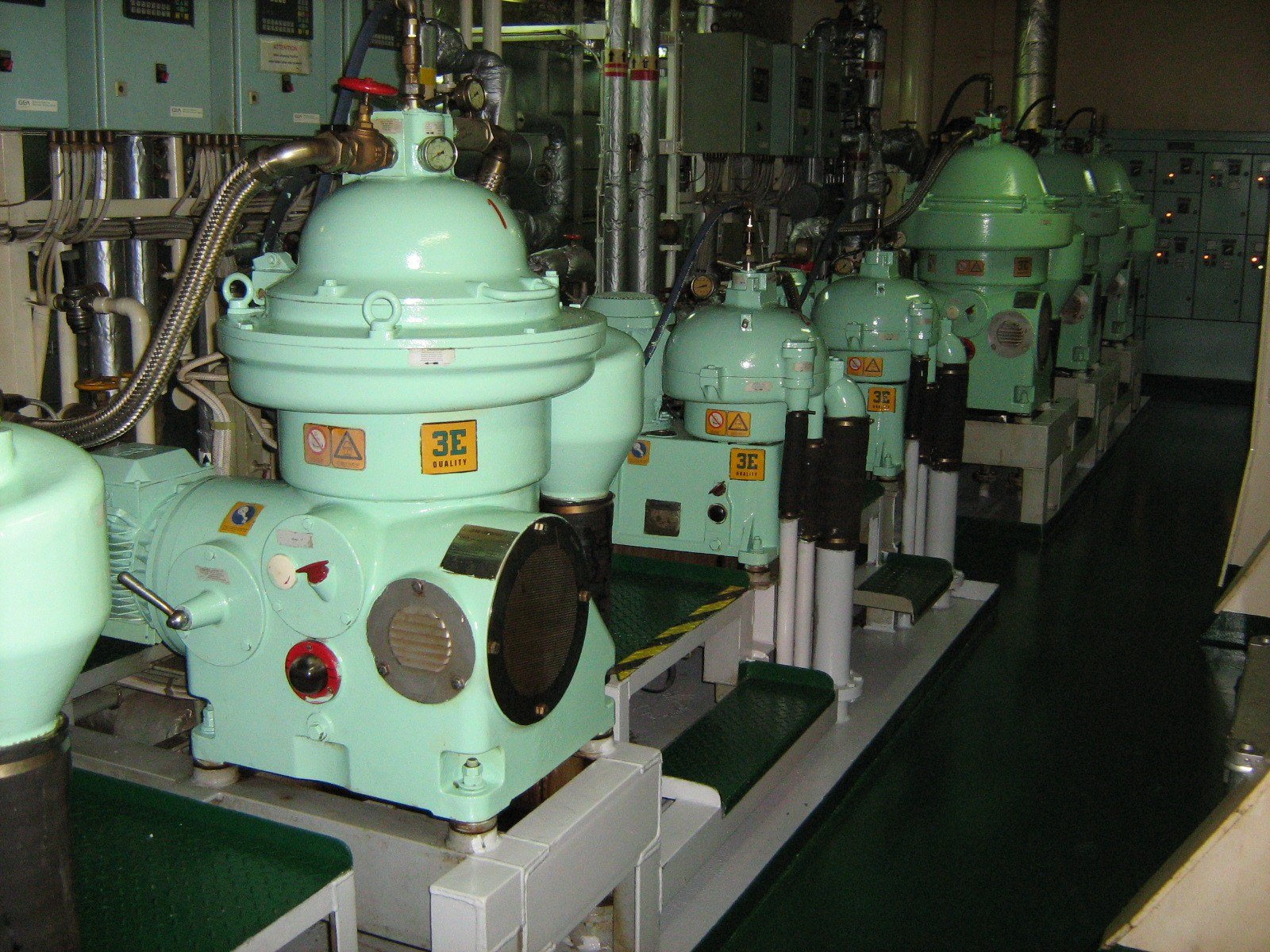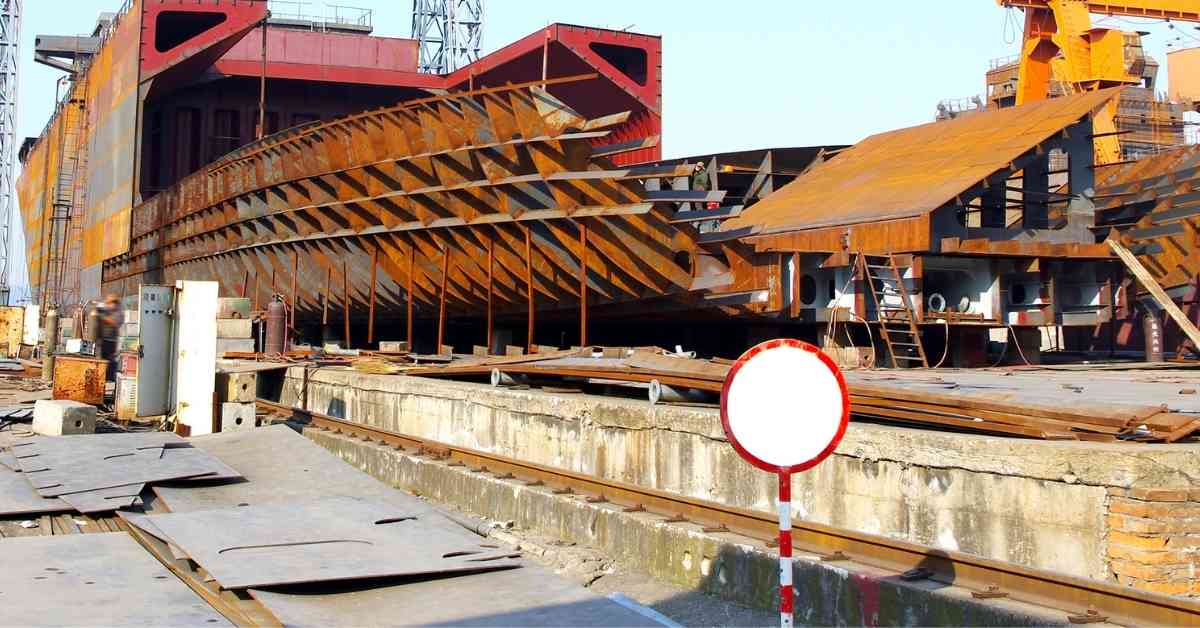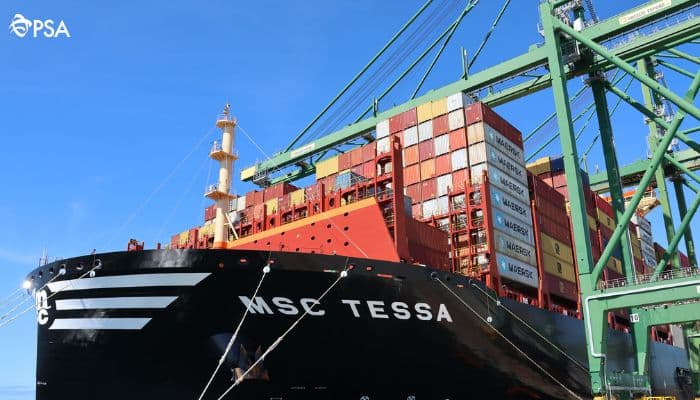

Every engine room machinery system needs systematic step-by-step starting and stopping procedures to ensure smooth running. The number of things to consider while handling a ship’s machinery system, depends on aspects such as equipment type, making etc.
Starting a fuel oil purifier also involves several important steps and checks. Mentioned below are the ten most important things that must be checked while starting fuel oil purifiers on ships.


1. Check Oil Level in the Purifier Gear Case – Don’t forget to check the level of the oil in the purifier gear case before starting the purifier. If the oil is not up to the required level, insufficient lubrication will damage the gears and other rotating parts (shaft, bearings etc.) in the purifier gearcase.
2. Ensure Break is in Release Position – The purifier break, which is provided near the gear at the bottom of the purifier, must be in the release position. If the break is not released, the purifier will not reach its required speed and the motor current will increase. Moreover, this will also cause wear down of brakes.
3. Open Inlet and Outlet Valves – Ensure that both inlet and outlet valves of the purifier are in an open position. If the discharge valve is not open, the purifier will overflow resulting in oil on the sludge side. Similarly, if the suction valve is not open, the purifier will not get the necessary oil supply.
4. Open the Tank Valves – Check the valves of the specific tank (service or settling) where the discharge from the purifier is to be sent. If the tank valve is not open, the backpressure in the line will increase leading to overflowing of the purifier.
5. Check the Level of Operating Water – If there is a separate operating water tank provided, check the water level in the same. If the operating water is not sufficient, the purifier bowl will not lift, resulting in the sludge ports remaining in the open position.
6. Check Feed Pump– Check that the purifier feed pump is running properly, along with oil pressure and temperature. Some purifiers are provided with attached gear pumps for supplying fuel to the purifier. In such cases, ensure that the oil temperature is enough to ensure the smooth running of the gear pump attached (via a shaft and key). If the temperature is low, the oil viscosity will be high, which may lead to breaking of the key that connects the shaft and the gear pump, thus stopping the oil supply.
7. Ensure Heater Valves are Open – Ensure that the fuel oil valves to the steam heater are opened before opening the steam line valve near the heater. If the steam is opened first, the tubes can get damaged, leading to the ingress of water in the oil.
8. Increase the temperature – Increase the temperature of the fuel oil to the limit provided in the digital control panel of the purifier. In all automated purifiers, the control panel is provided with a pre-set minimum temperature limit. The purifier will not start until the fuel oil reaches this temperature.
9. Check for any abnormal sound or vibration– If you know your machinery extremely well, you will be able to tell if there is any abnormal vibration or sound during starting. Shut the purifier immediately in such conditions and rectify the fault completely before starting it again.
How to check? – Take a screwdriver, touch the metal end to the purifier body, and the second end to your ear. You will be able to hear the smooth running of the inside parts more clearly.
10. Check Solenoid Valves – Check all solenoid valves are operating properly by checking the lights on the solenoid valves. If the lights are not working properly, take a screwdriver and bring it near to the top surface of the solenoid valves. When the solenoid starts working, the screwdriver will be attracted to the valve body due to the magnetic effect.
If solenoid valves are not working properly, the purifier will also stop operating. For e.g., if the operating water line solenoid valve is not working properly, the bowl will not lift, or if the high-pressure water line solenoid is not working, then the purifier will not de-sludge.
The Ultimate Guide to Operating Engine Room Machinery is a premium ebook that explains starting and stopping procedures of all engine room machinery and systems on ships.
Disclaimer: The authors’ views expressed in this article do not necessarily reflect the views of The Marine Learners. Data and charts, if used, in the article have been sourced from available information and have not been authenticated by any statutory authority. The author and The Marine Learners do not claim it to be accurate nor accept any responsibility for the same. The views constitute only the opinions and do not constitute any guidelines or recommendations on any course of action to be followed by the reader.










We believe that knowledge is power, and we’re committed to empowering our readers with the information and resources they need to succeed in the merchant navy industry.
Whether you’re looking for advice on career planning, news and analysis, or just want to connect with other aspiring merchant navy applicants, The Marine Learners is the place to be.